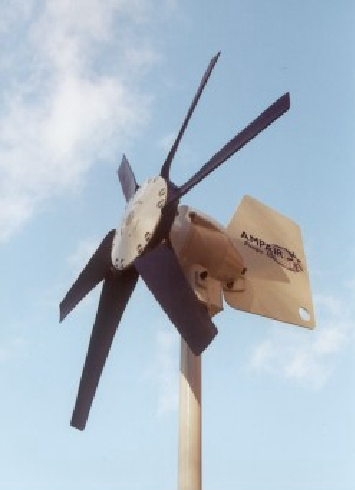Antarctic Wind Farm
|
The ARRO project will include a small wind farm to test the performance of several generators with rated capacities of a few hundred watts. The winds on the polar plateau in Antarctica are fairly moderate, but very steady. For this reason, wind power has often been considered for remote applications. However, attempts to incorporate small wind-powered systems into remote packages have been sporadic and have achieved varying degrees of success. Unfortunately, the successes and failures of these efforts have generally not been documented. At least a few articles in the Antarctic Sun report good success with wind generators, although the particular applications may not be so remote and the tests may be of a relatively short duration. The feasibility of wind power remains an unanswered question for every new possible application. Before the windfarm is mounted at the South Pole, the project will include pre-testing in Thetford, VT and research at the US Army Cold Regions Research and Engineering Laboratory to determine how bearing tolerance affects wear and if the blades will hold up to Antarctic weather. A successful outcome of the tests may allow reduced costs of ARROs and/or may prove useful in the development of extremely low-power remote observatories. The primary goal of this test is to determine whether a small-scale wind generator might be suitable as a power source for the ARROs, which could ultimately reduce the initial costs of these observatories and reduce resources required for transportation and maintenance. An important secondary goal is to evaluate the general performance of these generators so that remote observatories with extremely small power budgets (perhaps those of a few Watts or less) might be able to take advantage of this technology. This latter objective may prove to be an important step in the future development of such observatories. Part of the output of this project will be a document detailing the generators tested and the results, which will be issued as a technical report and made available to the Antarctic community. The analysis of the turbines will take into account factors such as size, weight, durability, power production, start-up speed, and speed at which power production become linear. It will constitute a significant part of Amanda Plagge's Masters thesis. More information about the Antarctic Wind Farm (Antarctic Sun) |
